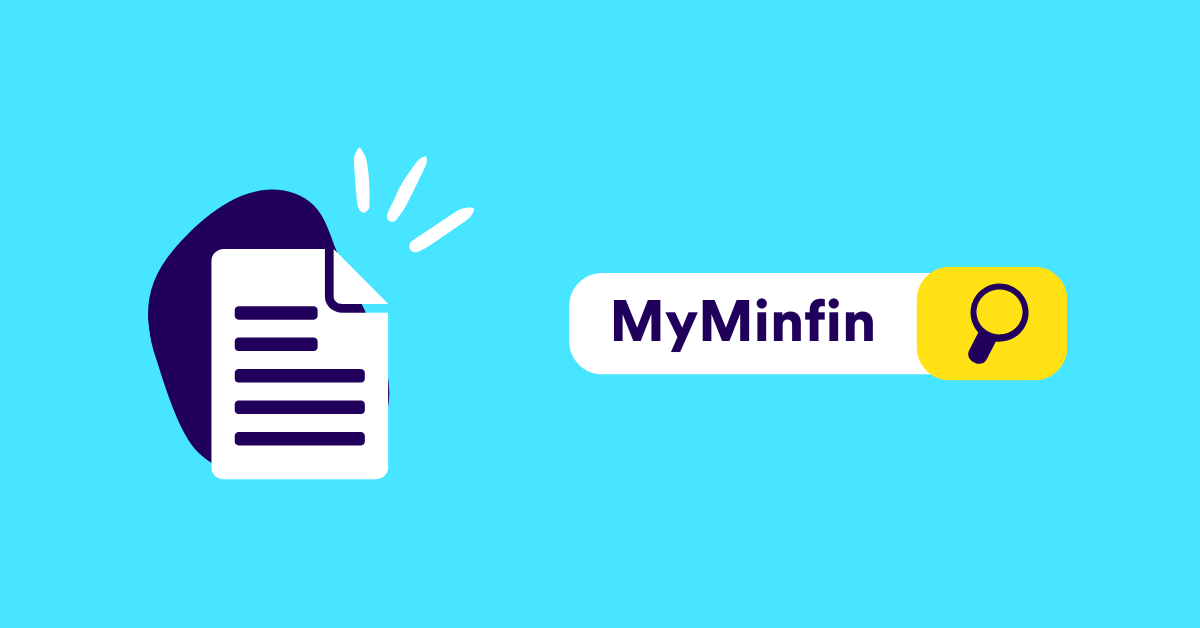In this blog, we dive into the complex world of a mixed subject to VAT. We explain what it means, give examples and show how to calculate the deduction of a mixed VAT subject to VAT based on actual use as a Belgian sole proprietor. Read on to understand this tax rule. 🤓
What is mixed VAT liability? 🔎
Mixed VAT liability arises when a VAT taxpayer carries out both transactions subject to VAT and those exempted from VAT. This can occur, for example, in the case of an artist who both sells works of art (and charges VAT on them) and receives royalties (which are exempted from VAT). This makes him mixed subject to VAT.

Tip:
Feel free to view our article on the difference is between VAT exempted and subject to VAT, to refresh your memory. 🧠
Example of a mixed company subject to VAT
Imagine a cultural house that regularly organises theatre performances. These performances are exempted from VAT. But wait, that’s not all! This cultural house also has a cosy cafeteria where you can chill out and enjoy a drink. VAT does apply to this. So, because this cultural house has both exempted and non-exempted activities, it is considered a mixed VAT subject.
What are the implications of mixed VAT liability? 👀
The consequences of mixed VAT liability are especially important for the right to deduction. Every VAT payer is entitled to deduct the VAT charged on their incoming invoices, provided that those incoming invoices relate to an activity that is subject to VAT. So you can only deduct the VAT on your incoming invoices to the extent that you charge VAT on your outgoing operations.
How do you calculate the right to deduction from a mixed VAT subject to VAT? 🧮
As a mixed VAT subject to VAT, you have two options to calculate your right to deduction:
1️⃣ Deduction based on the general ratio.
Normally, mixed VAT subject to VAT uses a general ratio number to determine the right to deduction. The general ratio is determined as follows.
Turnover from not exempted operations / by global turnover
2️⃣ Deduction based on actual use
Here, the VAT on an incoming invoice is fully deducted if that invoice relates to the not exempted activities. Conversely, no right to deduction will be exercised on the invoices relating to the exempted activities.
Choice between the general ratio and actual use
- As a mixed VAT subject to VAT, you can choose between the scheme for entitlement to deduction based on the general ratio or on actual use. For both methods, however, you have to make a notification. In other words, you must explicitly indicate which method you will use to FPS Finance.
- In some cases, the administration may require you to apply the general ratio. This happens if the administration considers that the deduction according to actual use does not or no longer corresponds to reality.
To apply the deduction based on the general ratio or actual use, you must do an electronic notification, by submitting a request to change your vAT scheme.
Conclusion
Mixed VAT liability can be complex, especially for smaller companies and self-employed people who do not have an extensive financial department. However, it is important to acknowledge these rules and apply them correctly to avoid problems with the tax authorities.
At Dexxter , we want to help you better understand these complexities with the aim of lowering the barrier to entrepreneurship. We offer user-friendly solutions and support to manage your accounting, so you can focus on what really matters: following your passion and growing your company. 🚀

Have more accounting questions?
Be sure to check out our free online webinars and/or our course















